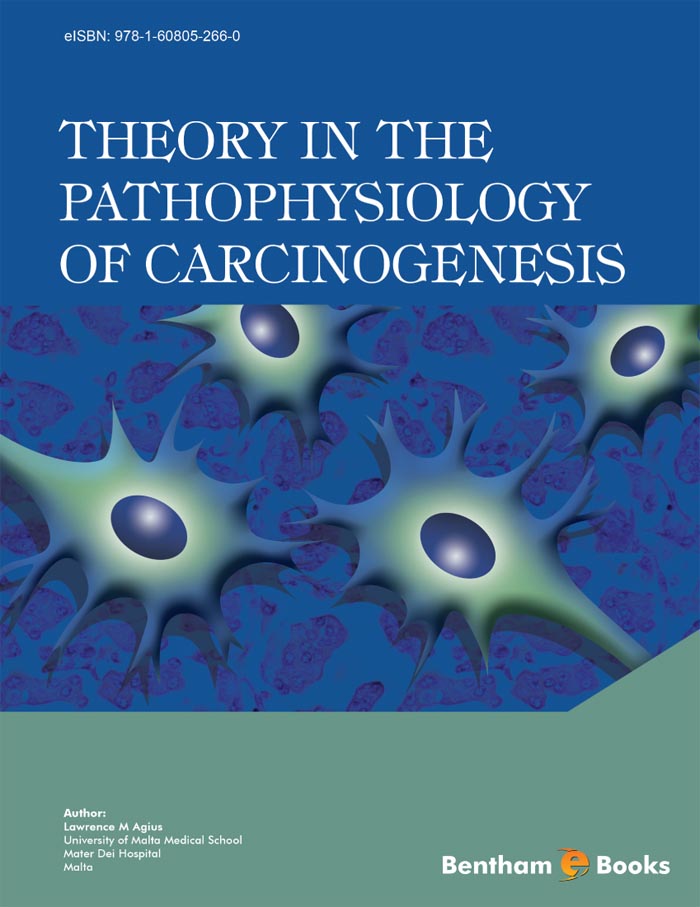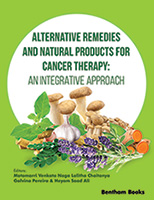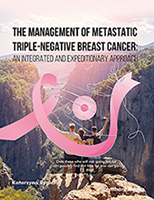Preface
Dynamics of transfer mechanics appear to selectively target replicating cells in a manner that directly contributes to the genesis of a lesion of self-amplifying proportions. In this sense, the modulation of the microenvironment is an acquired transformation that leads directly to promote genotoxic influence persistently. In a manner specifically characterizing the cells influencing injury to groups of target cells there would develop a range of integrative pathways directly promoting a constitutive interplay for further interactivity at the cell-stromal interphase.
Significant participation of influence by transfer mechanics is a promotional factor in constitutive replication of cells that significantly compromises the integrity of such cell-stromal interphase. It is such significant involvement of parenchymal or epithelial cells that implicates directly a series of modulatory phasic responses that are conducive to further change by representative systems of remodeled stroma and angiogenesis.
Realization of injury as carcinogenesis is therefore a multi-staged process in the emergence of autonomously replicating groups of cells that clonally recharacterize the interactive dynamics with stroma. The cytokine-chemokine systems participate in further amplifying the effects of genotoxic injury beyond the replicative activity of such groups of cells.
In a final analysis, pathways of interaction would evolve constituted as end pathways of transforming potentiality of integral tissue regions in terms of foci of reproducibility and spread.
It is such regional constitutive remodeling that constitutes an effective platform for systemic projection of injured cells in the acquisition of stem-cell-like capabilities and as malignant transformation of cells. Systemic dimensionalization of such transformation is central to a carcinogenesis that self-promotes transfer mechanics as integrally clonal cells of neoplastic type.
Lawrence M Agius MD
University of Malta Medical School
Mater Dei Hospital
Malta Europe
E-mail: lawrence.agius@gov.mt





